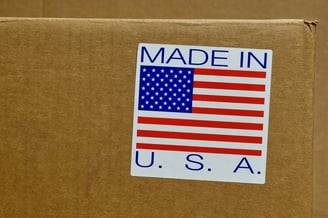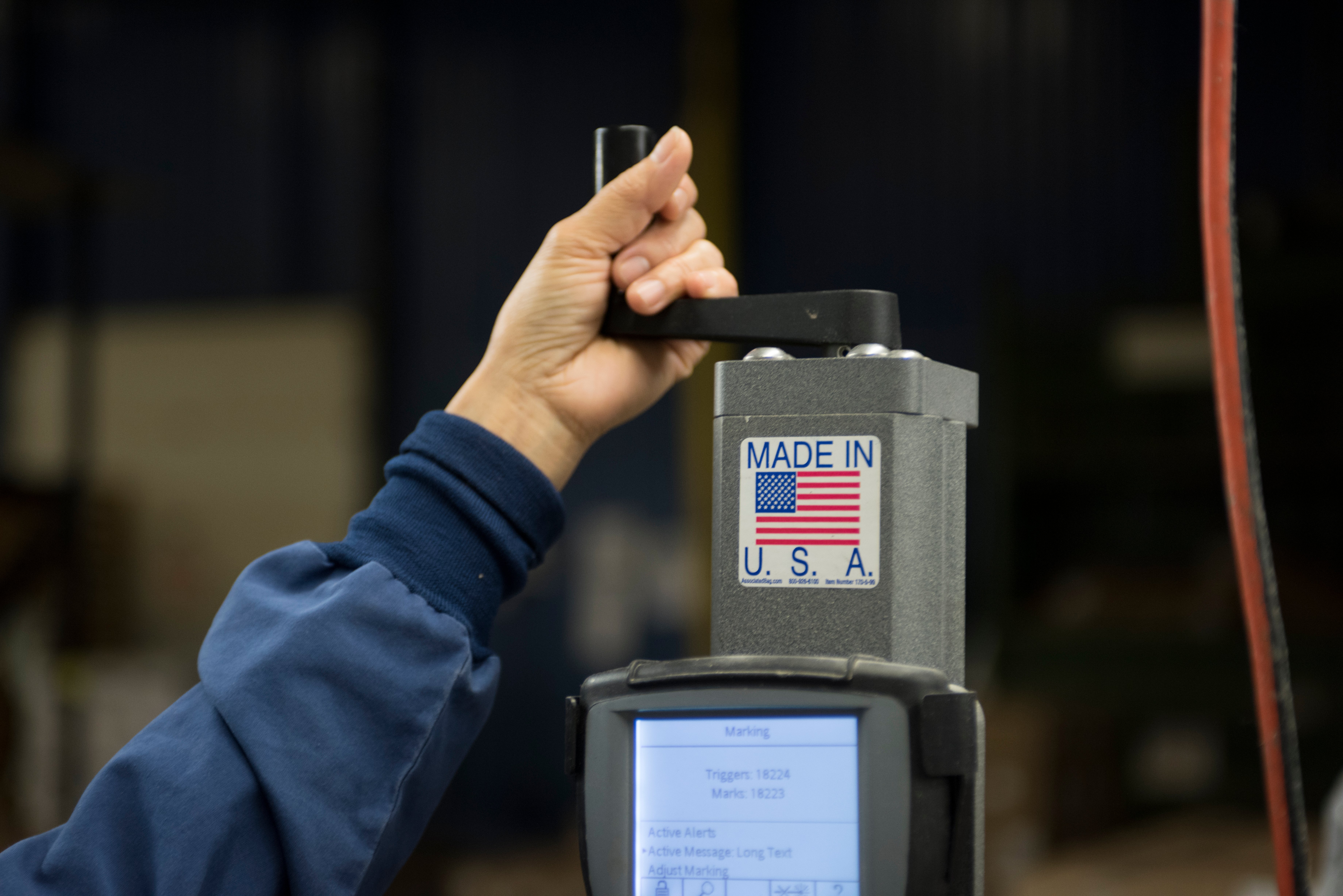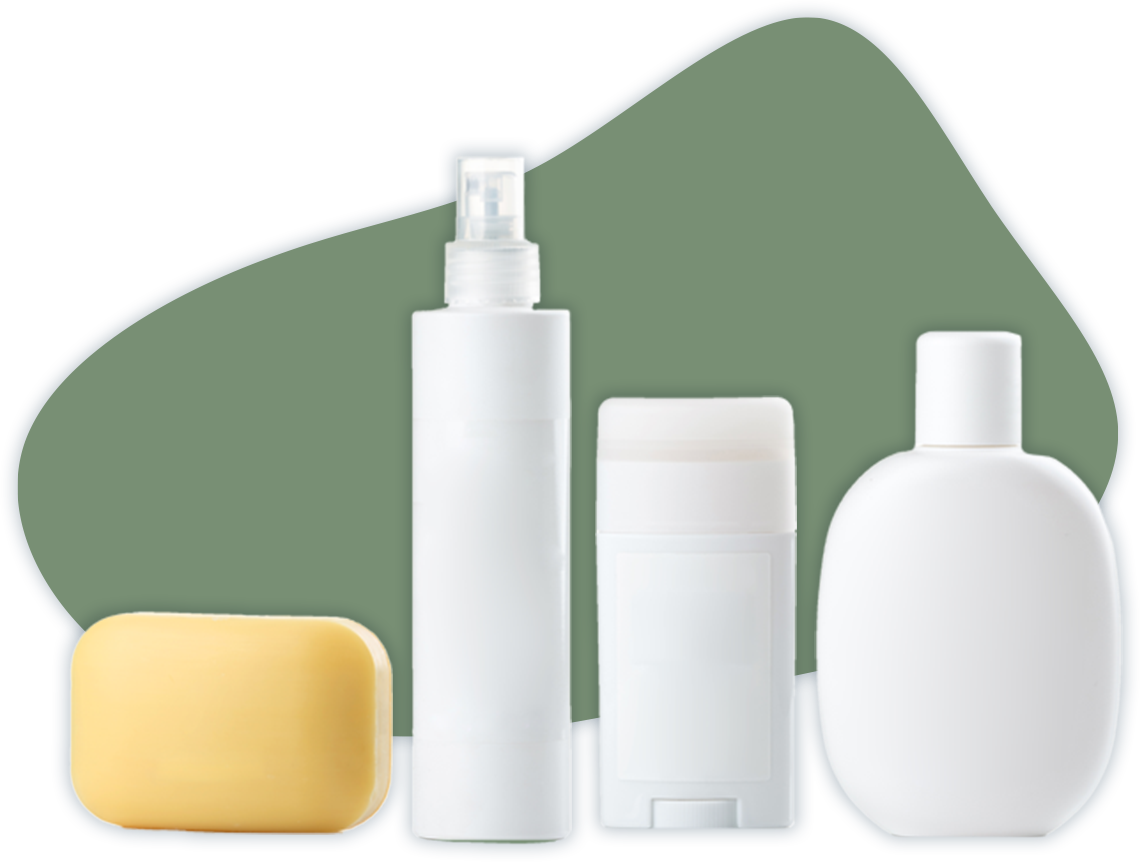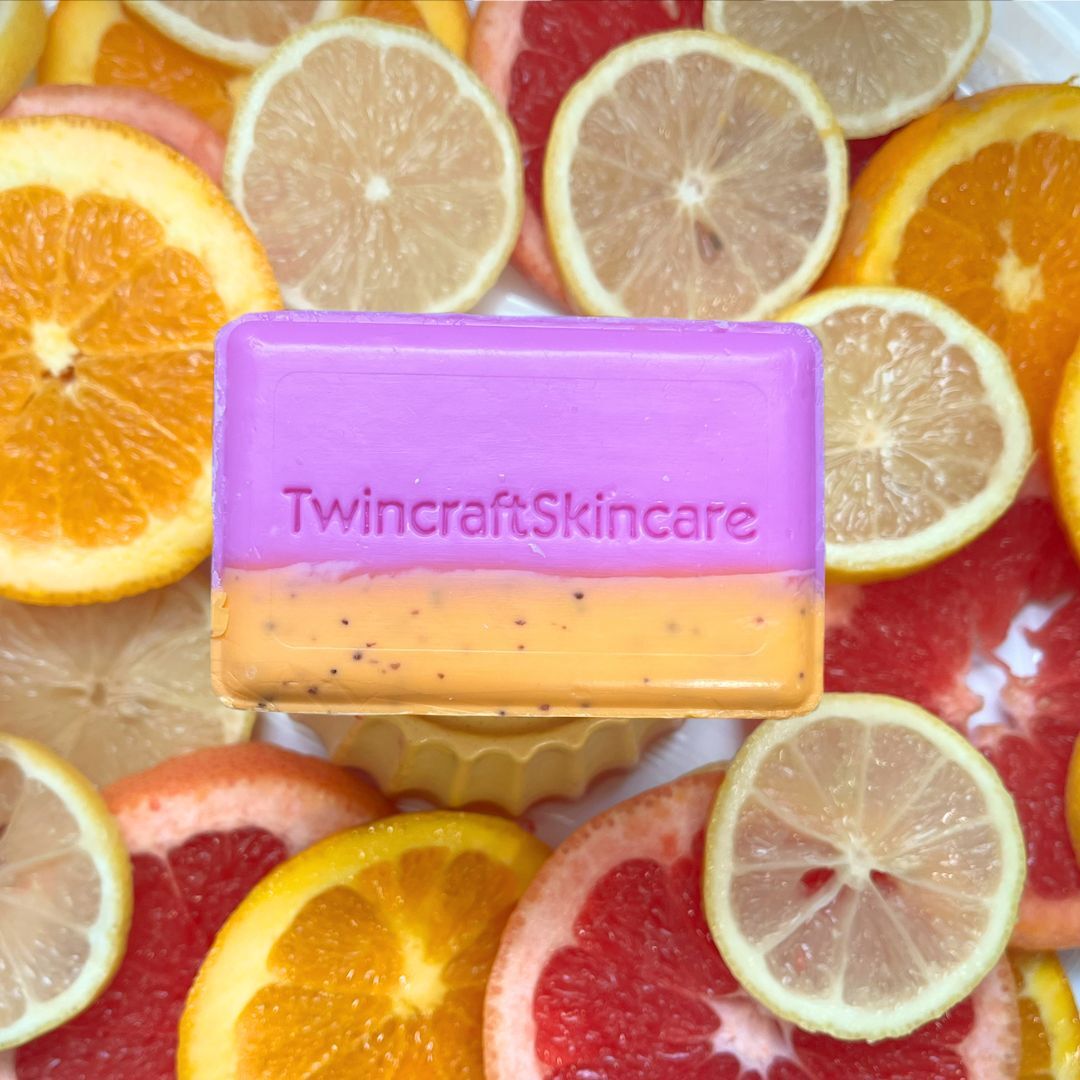In an attempt to mitigate false and misleading information, The Federal Trade Commission, an independent government agency that protects consumers from fraudulent practices in the marketplace, instated a new rule that establishes specific criteria for making USA-Made advertising claims. Whether you’re a brand curious about making this claim or you just happen to be particularly fascinated by complicated legal jargon, we hope this article clarifies exactly what prerequisites are needed to authenticate a “Made in USA” claim on product labels and marketing collateral.
Background
Issued on August 13th, 2021, The Made in the USA Labeling Rule systematizes a long-standing policy, originally introduced by the Commission in 1997, which demands proof of sourcing and manufacturing origins when making this specific claim about a product. The rule applies to all goods sold in the U.S., except for those explicitly subject to other country-of-origin requirements under separate laws. In most cases, and with the exception of certain industries, disclosing the country-of-origin is not a labeling requirement. However, there are many reasons why a company would elect to advertise an American-made product. Similarly, there’s plenty of reasons why a consumer would want to endorse one. If a company decides to make a “Made in USA” claim, it’s imperative that they have the resources to substantiate it in order to avoid getting slapped with some pretty steep penalties. The new rule allows the FTC to enforce sanctions, including the ability to seek retribution and a fine of $43,280 for the first violation and up to $753,000 for any following offense. Under the policy, products, labels, and all promotional and advertising material, including social media and email marketing, must comply with the policy guidelines.
Expressed vs. Implied Claims
There are two main ways to make a “Made in USA” claim. The first is called an expressed claim, which plainly states that a product is “Made in the USA,” or otherwise names “USA,” or “American-made” on labels and marketing collateral. An implied claim is more elusive, and rather than a country-of-origin statement, there may be U.S. symbols or geographical references to imply the same meaning. The labeling rule will apply to an implied claim if it’s likely to convey the overall assumption that a product is of U.S. origin. When using either of these signifiers, the FTC will look for further information in order to legally uphold this assertion. Regardless of how a “Made in USA” claim is expressed, it will ultimately be characterized by the FTC as either “unqualified” or “qualified.” More on that below.
Unqualified Claims
A marketer can make an unqualified claim, in other words, they are legally allowed to say that their product is Made in the USA, if the product is deemed “all or virtually all” made in the United States. Under the “all or virtually all” standard, all significant parts and processing must be of U.S. origin, and the final product should contain only a negligible amount of foreign content. Currently, there is no curriculum that specifically outlines when a product is or is not “all or virtually all” made in the United States. To determine whether this standard applies and an unqualified claim is appropriate to use, the product’s final assembly or processing must take place in the U.S., and the FTC will evaluate how much of the product’s total manufacturing costs were allocated for U.S. parts and processing, as well as how far removed any foreign content is from the finished good. Put simply, all major processing and all or virtually all components of a given product should have origins in the United States, or otherwise need a qualifying statement.
Qualified Claims
Where an unqualified claim can’t be supported, a “Made in USA” claim can be validated by using a “qualified” statement, which describes the extent, amount, or type of a product’s domestic content or processing, indicating to consumers that the product isn’t entirely of domestic origin. In the case of Twincraft’s bar soap, because the base is of foreign origin and makes up a bulk of the final product, the qualifying statement must be “Made in USA with globally sourced ingredients,” or “imported ingredients.” Alternatively, Twincraft's liquid formulas that do not contain a large percentage of imported ingredients will need to be evaluated on a case-by-case basis.

We understand that making a "Made in USA" claim can be a little tricky, which is why we're always available to help our partners make an informed decision for their brand. If you have any questions or would like to learn more about Twincraft's services, please connect with a member of our Sales Team!






